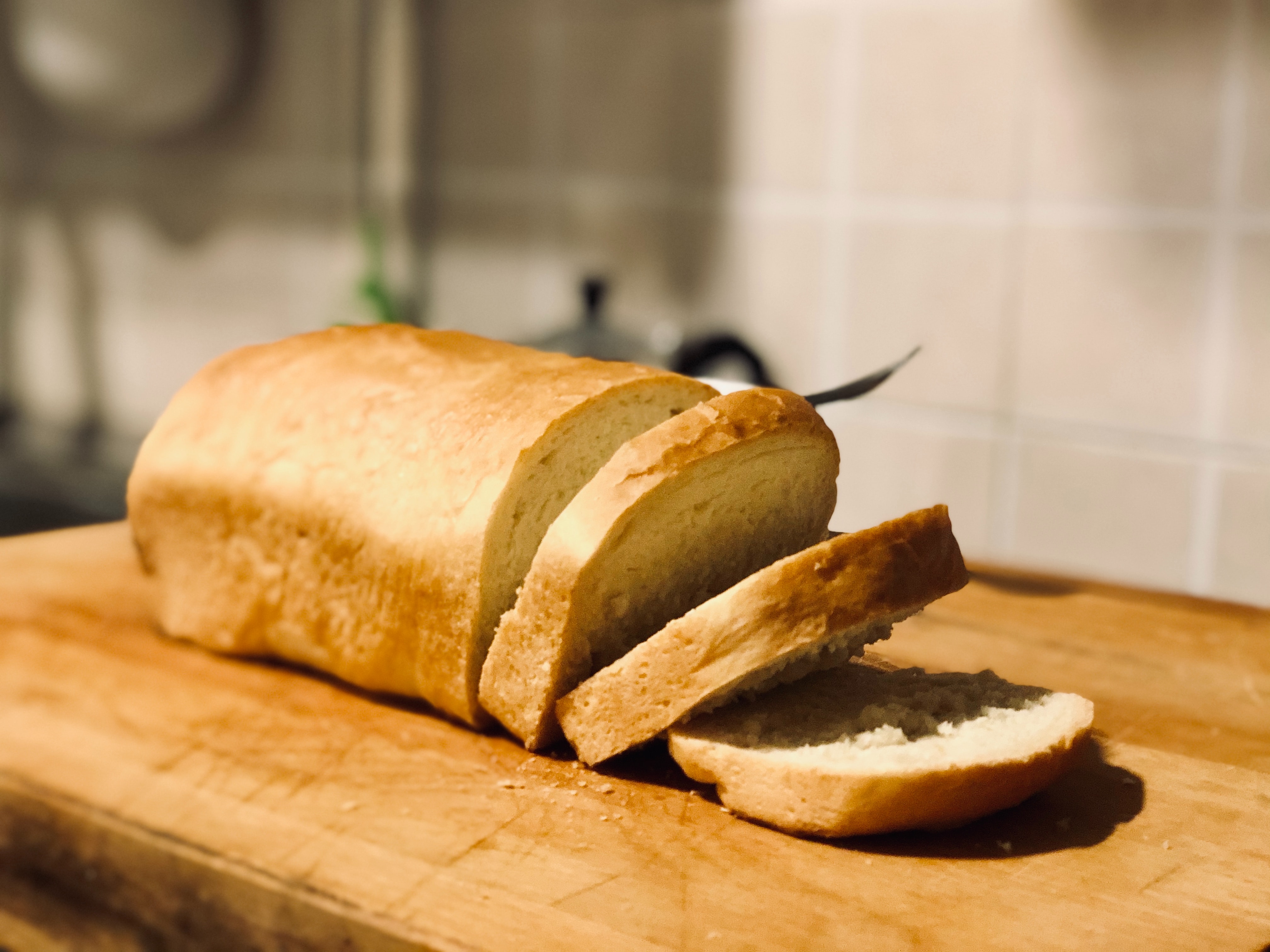Our digestive system is a huge portal into our bodies. Lots of things can get in there that aren’t always good for us. And because the system is so complex (knowing which tiny molecules to absorb, and which keep out), lots can go wrong. And that’s one reason why 70% of our immune system lives in and around our digestive system.
This makes food allergies, sensitivities, and intolerances a huge contribution to an array of symptoms all over our bodies. Things like autoimmune issues, inflammation, and even our moods can be affected by what we eat. If you have digestive issues, chronic fatigue (ME/CFS) or any other unexplained symptoms, you may consider trying an elimination diet.
An elimination diet is one where you strategically eliminate certain foods to see if you react to them. It can help immensely when trying to figure out if a particular food is causing symptoms because you’re sensitive to it.
You generally start out by eliminating the most common food allergens for a few weeks. Then you slowly add them back one at a time and note any symptoms (better or worse).
Let’s go over the pros and cons of this diet.
Pros of elimination diets
The main benefit is that, by tuning into your body’s reactions to certain foods, you can pinpoint sensitivities and intolerances that you may not otherwise know of. Experiencing results first-hand can be very motivating when it comes to sticking to eliminating a certain food.
Elimination diets can be less expensive, and in some cases more reliable, than standard food intolerance testing.
It can also be very empowering to be in control of what you eat, learn about food and the compounds they contain, and try new recipes that exclude eliminated foods. Having a good plan makes things much easier (even exciting). If you love grocery shopping, cooking from scratch, and trying new recipes, you’re going to draw on all these skills.
These diets can be customisable, which is a great pro (see first con below).
Cons of elimination diets
You may not figure out everything you’re sensitive to. That’s why testing for food intolerances can be a good idea. Your plan should be strategically created to ensure that the most common food allergens are eliminated. This will give you the highest likelihood of success. It can become complicated if you let it.
It’s a commitment for around 4-6 weeks, if not longer (which can be difficult for some people).
If you’re not used to tracking all foods and all symptoms every day, you’re going to have to start doing it.
You may find that you’re intolerant to one of your favourite foods, or even an entire group of your favourite foods.
When you’re eliminating certain foods (or parts of foods, like gluten), it can be HARD! You almost need to prepare all of your foods, snacks and drinks yourself from scratch. If you don’t take full control like this, it can be so easy to accidentally ingest something that you’re cutting out. And at that point, you might need to start all over again.
Conclusion
Elimination diets can be a very useful tool to identify food sensitivities. They can be empowering and customised.
However, they can be difficult to adhere to and, sadly, you may find out that you’re sensitive to your favourite foods.
Have you done an elimination diet? What was your experience? Let me know in the comments below.
Recipe (Elimination diet friendly): Steamed Salmon & Vegetables
Serves 2
Ingredients
2 medium courgettes, sliced thinly
½ pint mushrooms, sliced
2 tsp olive oil
4 tsp water
2 boneless, skinless salmon fillets, no more than 1 ¼ “ thick
½ clove garlic, diced
2 dashes salt & pepper
Instructions
Preheat oven to 200C (450F).
Toss vegetables with olive oil. Tear two sheets of parchment paper and fold in half. Open the sheets and place half of the vegetables onto each sheet on one side of the fold.
Add 2 teaspoons of water and place a fillet on top. Top with garlic, salt, and pepper.
Fold the other half of each sheet over the fish, and tightly crimp the edges.
Put packets flat on a baking sheet and bake for 10-15 minutes.
Remove from oven and check to ensure fish flakes easily with a fork (be careful the steam is hot).
Open each pack and place onto plates.
Serve & enjoy!
Tip: You can mix up the vegetables or herbs, following your elimination diet protocol.
References:
https://www.precisionnutrition.com/elimination-diet
http://www.dietvsdisease.org/11-warning-signs-you-have-a-food-intolerance/
Photo by Duminda Perera on Unsplash










